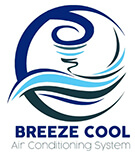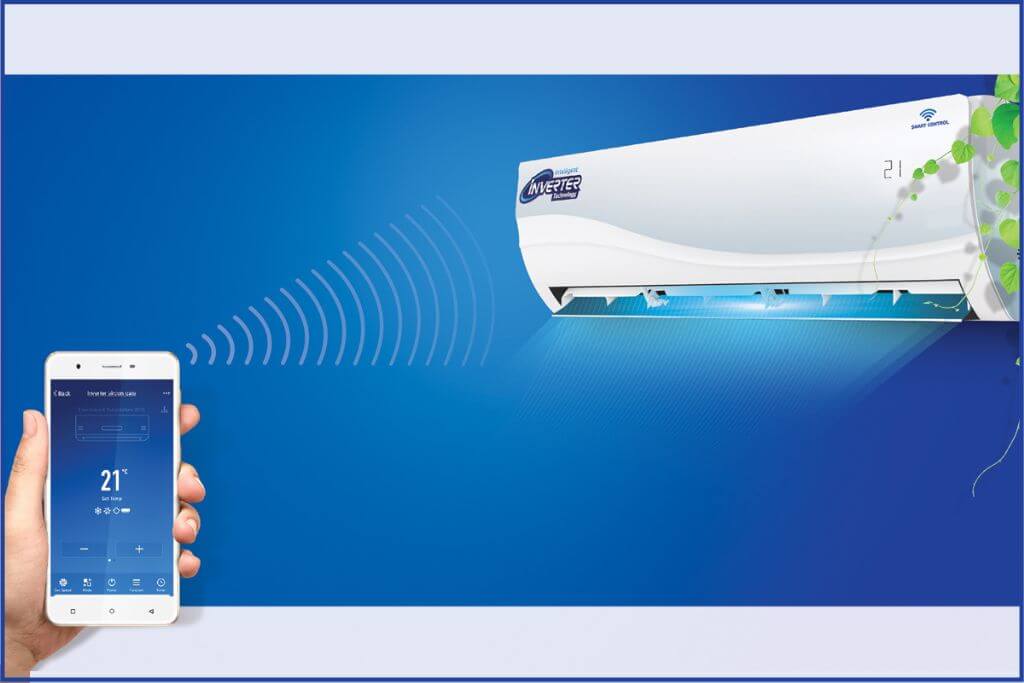What comes to mind when discussing AC technological trends other than size and shape? AC trends comprise many factors. Some of these are visible, while most of them are internal developments. On the other hand, you must have noted that the AC repairing is minimized thanks to the innovation and the maintenance you offer your device timely, this all is possible due to AC trends. In this blog, you will learn about different trends like digital connectivity, software automation, advanced user experience, etc. Furthermore, we will educate you about these trends, and you will also find out what benefits these trends are providing us.
An Overview of AC Trends
The fascinating history of cooling machines takes us back to the start of the 20th century. The first AC was invented in 1902 and was prominent in size. Things kept changing, but the rate of innovation could have been faster in those days. Nowadays, the scenario has changed. AC technological trends suffer from developing processes every other day. In the initial days, technical alterations were rare, but while are innovating rapidly now. The last two decades have great significance in this scenario. During these decades, the repairing ratio of air conditioners is seen decreasing because of top-notch technology, but the only condition is caring for it. We have compiled a list of trends, view these courses in the next passages.
Q. Are AC trends effective?
Yes, AC technological trends have made things easier for people. The latest technologies are helping the purchasing, controlling, and even installing procedure is very easy.
The common trends
Thanks to technological innovation, we are getting things at low prices that were once a dream for many. Get information about these fashions from the following passages.
1. Easy connectivity
A significant development in the HVAC sector is the digital connection of air conditioners. Air conditioners can connect digitally to provide remote monitoring, control, and diagnostics. This is possible due to the growing adoption of Internet of Things technology. Because of this connectedness, engineers and technicians can diagnose and fix problems remotely. On the other hand, it minimizes the necessity for in-person visits and avoids spreading the pandemic’s human contact.
Digital connectivity also adds intelligent features like smart meters and intelligent control systems. These features optimize energy use and boost overall effectiveness. For example, air conditioners may be intelligently managed and controlled via digital twins and IoT-enabled connections, providing greater convenience, energy savings, and user experience.
Q. What exactly does a Wi-Fi connection in AC mean?
Wi-Fi ACs connect to the internet via your home’s Wi-Fi network. You may use an app to operate your air conditioner from your smartphone or tablet. If you have many Wi-Fi ACs in your home or workplace, you may easily control them all with a mobile device.
2. Eco-friendly systems
To combat climate change and lessen the adverse effects of conventional air conditioners on the environment, eco-friendly air conditioning systems have touched the market. These systems emphasize energy efficiency, use ecologically friendly refrigerants, and use cutting-edge technology. As an illustration, water-based air conditioning systems cool the air without using energy-intensive compressors or hazardous chemical refrigerants.
In addition, air conditioners can run on other resources like solar energy, which also helps cut emissions. Additionally, while considering environmental purity, innovations in cooling technologies and materials attempt to push the limits of cooling efficiency.
How can eco-friendly AC systems contribute to sustainability?
Eco-friendly AC installations incorporate energy-efficient technologies, reducing electricity consumption and minimizing environmental impact. By optimizing cooling processes, these systems contribute to sustainability by lowering carbon emissions and fostering a greener future for climate control.
Q. How are air conditioners becoming more environmentally friendly?
Eco-friendly air conditioners are very energy efficient and have a low danger of coolant (hydrofluorocarbon) leakage.
3. Ductless air conditioning
As a more effective and adaptable cooling option for households, ductless air conditioners have become a trend in the HVAC market. These devices consist of an exterior compressor/condenser and inside air-handling units and do not need ductwork as conventional central air conditioning systems do. In addition, they enable zoning and individual room temperature control, allowing customized comfort preferences.
These air conditioners consist of another format called “Ductless mini-split systems.” These machines are perfect for spaces like garages, extra rooms, and sunrooms where ducts are impractical or unavailable because of their small size and simple installation process. Compared with conventional central air systems, these systems are famous for their cost-effectiveness, flexibility, and energy efficiency. In addition, ductless air conditioners provide a flexible and effective cooling option for residential areas.
Q. How are ductless air conditioners cost-effective?
Compared to the other air conditioner types like portable and window air conditioner they are likely to save money on electricity. According to the research they save 30% of electricity. Though the purchasing cost may be more than expected innovation in technology helps to reduce maintenance and repair costs.
4. Automation of software
In the world of HVAC systems, automation software for air conditioners is quickly becoming a significant development. The technology enhances the control and effectiveness of air conditioning equipment by utilizing the Internet of Things and intelligent devices. For example, a smart meter optimizes energy usage by controlling air conditioner compressor activity based on the specified temperature.
The methods emphasize the importance of automation software in attaining energy savings, user-defined thermal comfort, and increased air conditioning system effectiveness. As a result, the HVAC sector is expected to see further integration of automation software into air conditioners as buildings aim to deliver comfortable, healthy, and energy-efficient settings.
5. Advance user experience
User experience is one of the cutting-edge technology advancements in air conditioning. It offers solutions to enhance indoor environmental quality and sustainability are in higher demand, as observed in the HVAC sector. Therefore, manufacturers are focusing on providing a better user experience with air conditioning technology, continuing this trend.
The use of artificial intelligence and virtual reality technology to track energy use. In addition, it schedules equipment maintenance for HVAC systems is one component of this trend. These technologies provide proactive system maintenance and valuable insights into system operation, assuring maximum user comfort and effectiveness.
Conclusion
AC Technological Trends” shows the innovations reshaping the air conditioning sector. Throughout the blog, we looked at numerous new technologies and how they may affect AC systems’ energy efficiency, intelligent controls, and sustainability. We can revolutionize comfort and minimize environmental impact by adopting these trends. Remember that a solid summary should succinctly reiterate the essential themes, provide a call to action, and give readers a sense of achievement.

